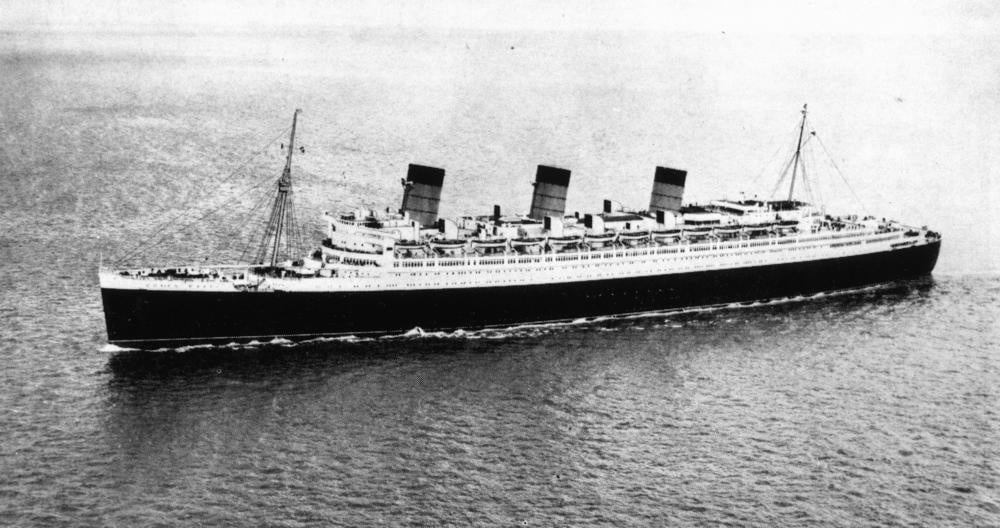
Five for Hollywood

Per Sundfeldt, editor, the Swedish Film Database
When Alicia Vikander received the Oscar for Best Supporting Actress, in The Danish Girl, she became the latest in a succession of Swedish actresses and actors who made it in Hollywood.
Everybody knows Greta Garbo and Ingrid Bergman but there were others, at the same time or even preceding them. Here are five more or less forgotten Swedes in Tinseltown.
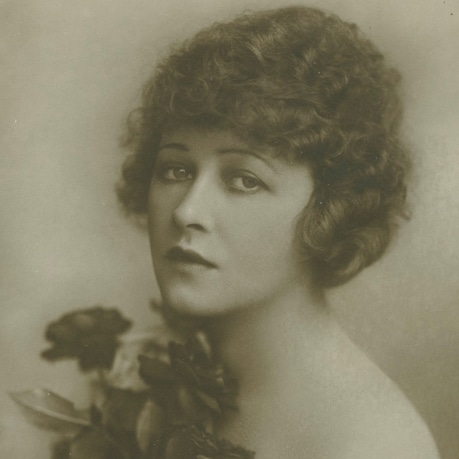
Our first major export was Anna Quirentia Nilsson from Ystad. With the career steps sugar beet sorter in Tomelilla, shop assistant in Halmstad, nanny and model in New York, Anna Q. Nilsson ended up in Hollywood where she after her film debut in 1911 became one of the greatest movie stars of her time and acted in around 200 films. Today it is virtually impossible to understand how big she was but in 1928 she broke a record of sorts when she received over 28,000 fan letters during one month. A serious riding accident and the transition to talkies affected her career adversely however, and over the years her parts became smaller and smaller. In Billy Wilder’s Sunset Blvd. from 1953 she appears as herself in a famous scene, playing bridge with Buster Keaton, H.B. Warner and Gloria Swanson.
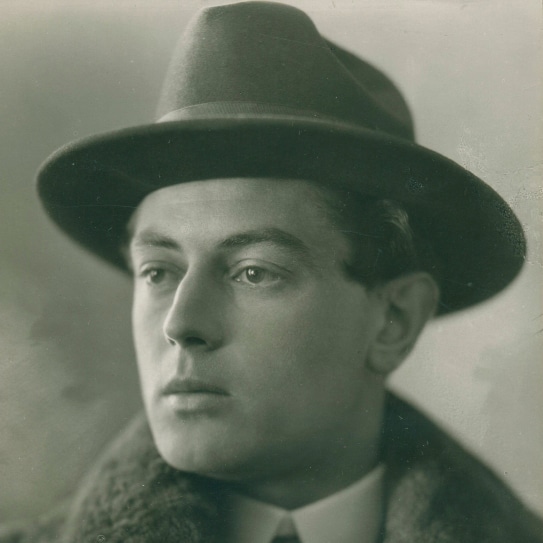
Einar Hanson was a contemporary of the more famous Lars Hanson but they were not related. Both went to Hollywood, but while Lars starred in a handful of films and could return home for further successes, Einar’s career ended tragically in California after a promising beginning. It started however in Sweden where his breakthrough came with Gunnar Hedes saga (Mauritz Stiller, 1923), the first of five starring roles over a two-year period. After this he acted in Danish and German films before arriving in America in 1925. In Hollywood he managed to appear in eight features – acting alongside stars such as Anna Q. Nilsson, Clara Bow, Gary Cooper and Pola Negri – before dying at the age of 27 in a car accident in 1927, the year the sound film was born.
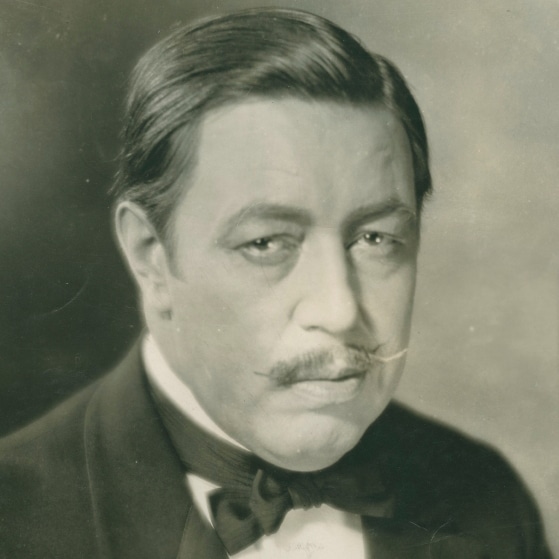
Värner Ölund, better known as Warner Oland, was born in Bjurholm in Ångermanland. When he was a young teenager his family relocated to the US, where he studied acting, worked in a touring troupe and eventually made it to the silver screen. He made the transition to sound films without problem and was throughout his film career cast as Oriental characters more often than not. His most famous parts were the recurring roles of the villainous Dr. Fu Manchu and the detective Charlie Chan. Aside from his film work he translated works by Scandinavian playwrights August Strindberg and Henrik Ibsen into English together with his wife. Oland was associated with two cinematic milestones: He acted in the very first talkie, The Jazz Singer (Alan Crosland, 1927) – in which he utters a single word, “Stop!” – and has a leading role in the first major Hollywood werewolf film, Werewolf of London (Stuart Walker, 1935). His career ended abruptly however when he, in the middle of the shooting of what would have been his 17th Charlie Chan film, excused himself and vanished from the studio, never to return. He died in Sweden not long after, impoverished and ill of health.
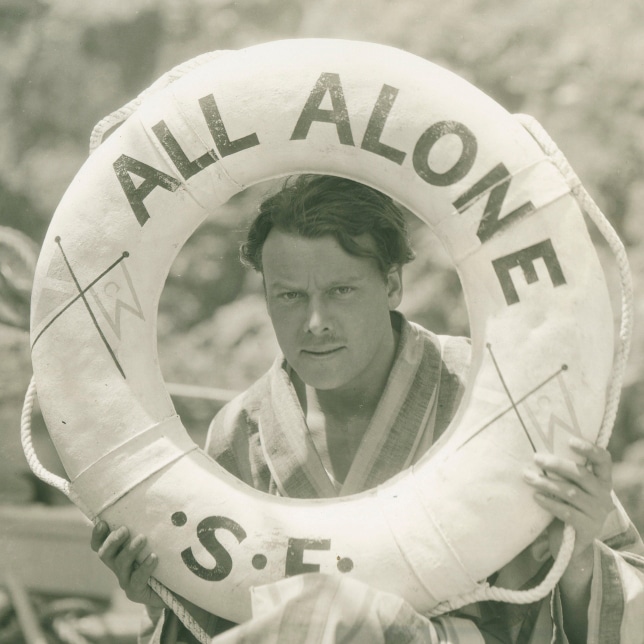
Nils Asther was also cast as Chinese in Hollywood, but unlike Oland he had to rely on make-up effects in order to achieve the Asian look. The Denmark-born foster child from Malmö ended up in California in 1926, after film roles in Sweden and Germany, and acted in films with his friend Greta Garbo as well as other stars such as Pola Negri and Joan Crawford. He was often called “the male Garbo” due to his good looks, and presumably his Swedish origin. He still managed to land roles in the sound era but his accent was a problem. Asther’s most famous speaking part is the title role of The Bitter Tea of General Yen (Frank Capra, 1933). After an alleged breach of contract he was blacklisted and forced to work in Great Britain for a couple of years, and after this it proved difficult to make a comeback in Hollywood. Asther gave up his American dream in 1958 and moved back to Sweden where he worked at a smaller theatre, and appeared in four Swedish films, before he retired from acting and spent the rest of his days painting.
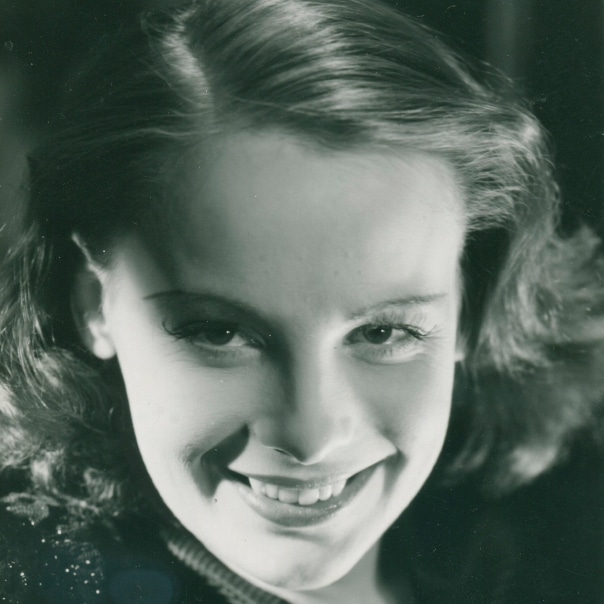
One of the seven Swedes who have a star on the Hollywood Walk of Fame is Signe Hasso (the others are Anna Q. Nilsson, Nils Asther, Mauritz Stiller, Greta Garbo, Ingrid Bergman and Ann-Margret). Hasso debuted as a twelve-year-old at the Royal Dramatic Theatre in Stockholm in 1932 and was accepted at its acting school four years later. After several film parts in Sweden she had an offer from RKO, and because of the war in Europe she went east in 1940 in order to go west – by way of Siberia and Japan! In the US she acted as much on the stage as in films. The film she is most known for is probably Henry Hathaways spy thriller The House on 92nd Street (1945). Five years later in Sweden she would star in Ingmar Bergman’s not nearly as successful attempt in the same genre: High Tension, the film he later just wanted to forget. Hasso continued to work in theatre, films and TV in the US, coupled with the odd Swedish film role. She also wrote novels and song lyrics.
(published in November, 2017)
Five features
This list contains a selected Swedish feature film for four of the five. In Oland's case it has to be a foreign film since he never made a film in the old country. Under the list there are links to the five's posts in the Swedish Film Database.
-
Anna Q. Nilsson's sole Swedish film. Her involvement came about when she happened to go to Sweden on vacation just as the shooting was about to start, whereupon poor Rosa Tillman was demoted overnight from lead to supporting actress when Anna Q. was given her part. One of the biggest Swedish film hits of the 1920s.
-
Lars Hanson was initially slated to play the lead, before the director Mauritz Stiller had a change of heart; Lars was too virile for the part. So Einar Hanson got the chance instead, and thus his breakthrough. The author Selma Lagerlöf was however not so happy with this film made after her original work.
-
In Josef von Sternberg's train thriller starring Marlene Dietrich, fourth-billed Warner Oland plays the mysterious Eurasian passenger Henry Chang. The film won an Oscar for best cinematography, and was nominated for Best Film and Best Director.
-
Nils Asther plays the twin brother of Gösta Ekman in John W. Brunius' adaptation of a Hungarian novel (the author Ferenc Herczeg also wrote the novel that Mauritz Stiller adapted into Erotikon)–with a script by Pauline Brunius and its star Gösta Ekman.
-
Signe Hasso stars in Per Lindberg's iron mill drama where her character is in love with her cousin (Olof Widgren), the mill heir and engineer who has invented a new type of steel, while being wooed by the smith's son (Georg Rydeberg).
Read more about the five
-
Go to Anna Q. Nilsson's post in the Swedish Film Database, with a newly written biography by Kim Fahlstedt.
-
Go to Einar Hanson's post in the Swedish Film Database.
-
Go to Warner Oland's post in the Swedish Film Database, with a newly written biography by Kim Fahlstedt.
-
Go to Nils Asther's post in the Swedish Film Database.
-
Go to Signe Hasso's post in the Swedish Film Database.




